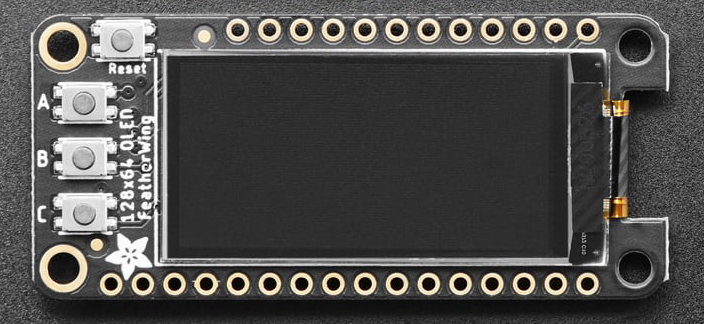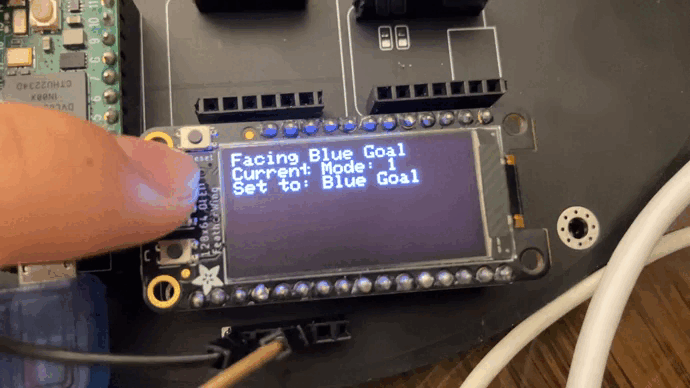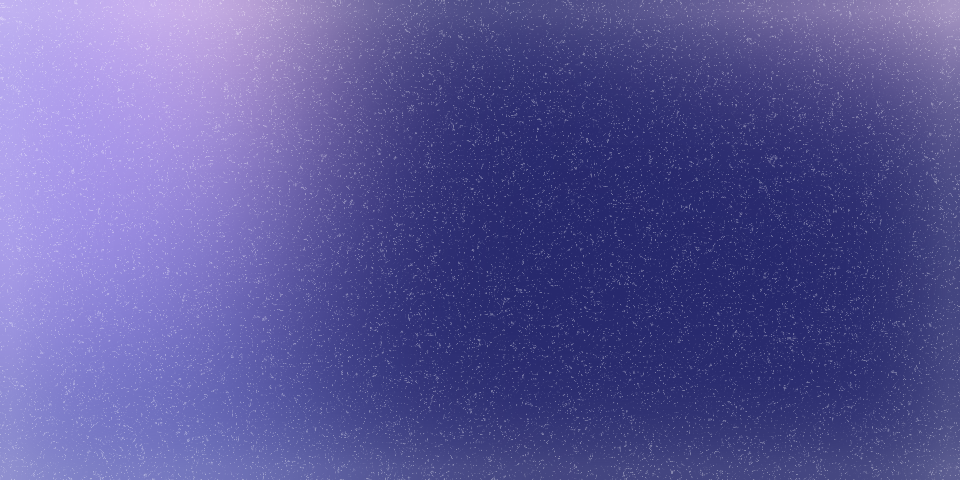Introduction
When I first heard from the mechanical team that we were going to replace our current goal changing switch with an OLED display, a wave of exhilaration swept over me. Instinctively, I couldn’t help but feel excited about the prospect of a user interface on the robot that would be able to send me essential data real time. Then when the adrenaline fizzled out, the innate skeptic began sowing some doubt in me. This display is a mammoth (over 5cm x 2.5cm), a far cry from the 0.5cm switch that we originally had. Would it take too much space in our robot? And does the user interface that the OLED display provides even matter? Surely the on board bluetooth module will be able to transfer larger, more accessible, more readable amounts of data to my computer faster. How about its extortionate price ($20 SGD) or its replaceability should it get damaged?
The Rationale

And just when it seems that the OLED screen is just another of those gimmick ideas that always pop out of our minds, we realized that there could be one saving grace to this screen - its versatility in changing the robot settings. During the soccer competition, robots employ different strategies to kick the ball into the goal, each with its own set of strengths and weaknesses. For instance, a strategy could include the robot dribbling the ball in a way that blocks the opponent’s robot sight of the ball. This enables the robot to bypass enemy defenses swiftly and score with ease. However, one key fault is that the robot speed is considerably slower when employing such a strategy, and therefore should the opponent robot be able to somehow locate the position of the ball, our robot will be a sitting duck, and possession of the ball will be easily in opposition territory. Evidently, the best robot strategy really depends on our opponent robot’s capabilities as well as strategies, which is very difficult to predict before any match. Finding a method for changing strategies in response to real time observations in a match would be essential in winning a match.
Concluding Remarks

This is where the OLED display could shine, as a quick and easy way to make quick adjustments and changes to the robot during the soccer game. As can be seen from the short clip above, the screen has 3 buttons, A, B and C. A would be the increment button, B would be the decrement button, and C would be the ‘enter’ button. With just three buttons, we can scroll through all possible options and make any essential adjustments in seconds. Now, not only can we switch goals, but we can also employ different strategies every single round, until we find the optimal strategy. But detractors still have a worthy case to make - that the time saved from the functionality of this display is simply too small as compared to just uploading the adjusted code. Nonetheless, perhaps the concept of actively engaging with controls that directly influence the course of the robot and the match outcome is too endearing for us all.
